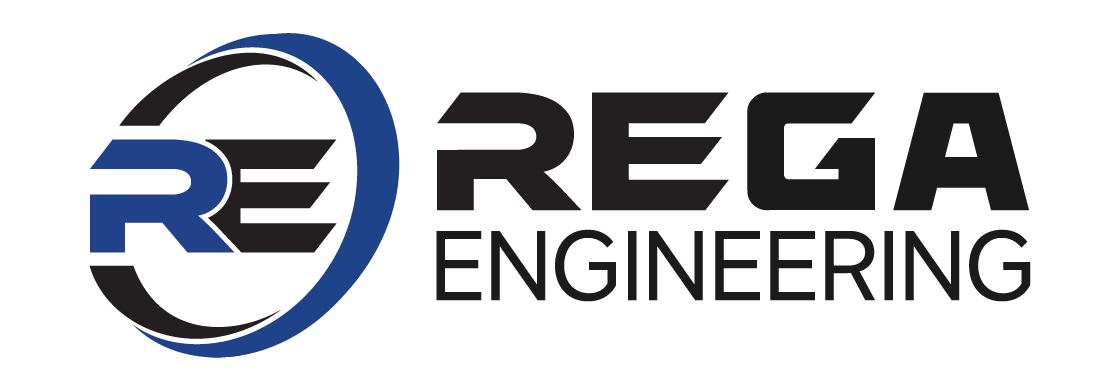Erosion Control Solutions
Share:
Erosion is an unavoidable natural phenomenon on our planet. It affects almost every type of terrain, and it can cause costly damage to land, property, and ecosystems if left unchecked. Luckily, engineers have developed countless erosion control techniques to mitigate the potentially disastrous effects of this natural process. Let’s take a closer look at how some erosion control solutions work and why they’re so important in civil engineering.
What Is Erosion?
Erosion is the process by which natural forces including wind, water, ice, and gravity transport soil and sediment from one location to another. It can occur on a variety of different timescales, from seconds to millions of years, and it’s responsible for the formation of many beautiful valleys, cliffs, coastlines, and alpine landscapes.
Unfortunately, this process can also damage structures and cause environmental issues such as lost agricultural productivity and sediment buildup in waterways. Of particular concern are the accelerated rates of erosion caused by deforestation, overgrazing, and river systems affected by shoddy dams or poorly planned irrigation projects. To prevent these problems from getting out of hand, engineers implement various strategic solutions to control the effects of erosion.
Erosion Control in Engineering
There are several innovative methods used to control erosion. Engineered erosion control solutions often include mulching, structural measures such as retaining walls and sediment fences, vegetative treatments like seeding or hydroseeding, and chemical treatments like polymer additives that reduce surface runoff rates.
Other engineered solutions include slope stabilization techniques with vegetation or geosynthetic materials, runoff diversion techniques like erosion control blankets with drainage channels, sediment basins and filter strips, riprap shoreline protection, and surface stabilization measures such as puddling clay or asphalt emulsion sealants.
Each solution has its own benefits and drawbacks depending on the situation at hand. For example, retaining walls can provide effective protection but may be expensive to construct. On the other hand, while vegetative treatments require ongoing maintenance, they can provide more cost-effective protection overall. Regardless of the exact systems used, it’s essential to implement them at the beginning of any project for the best long-term results.
These systems are paramount for supporting structural integrity, preventing sediment and debris from entering natural waterways, and preserving the environment of a specific site. By accounting for potential environmental impacts at the outset of any project and selecting proper soil preparation methods and vegetation treatments, engineers can reduce the risk of impact while also meeting their project objectives.
Benefits of Erosion Control Solutions
The primary benefit of implementing erosion control solutions is that they can protect land and property from costly damages caused by wind and water-related erosion. Plus, some solutions—such as those involving vegetation—can restore ecosystems by introducing new plant life into affected areas. This may also replenish vital soil nutrients over a period of years.
Furthermore, many solutions also offer added benefits such as improved aesthetic value or recreational opportunities when properly maintained. All these factors combine to make implementing erosion control solutions an attractive choice for any contractor or engineer looking to improve their projects’ longevity and sustainability over time.
We’re Your Go-To Erosion Control Experts
Erosion is an inevitable natural process that can cause considerable damage to structures and ecosystems. It tends to produce issues for projects that require a certain degree of stability to remain functional over time. Fortunately, there are a variety of tried-and-true engineering solutions available for mitigating the negative effects of erosion.
Successful civil engineers integrate erosion control measures into their initial designs as needed. This is simply one of the best ways to protect land, property, and waterways from ongoing environmental changes. It also ensures the success and longevity of their infrastructure projects, especially in coastal areas and those with heavy precipitation.
We’re well versed in engineered erosion control solutions. If you have questions about erosion control, irrigation systems, or landscape architecture in general, then we welcome you to reach out for more information. We’ll gladly walk you through some of our most successful erosion control projects to date.

